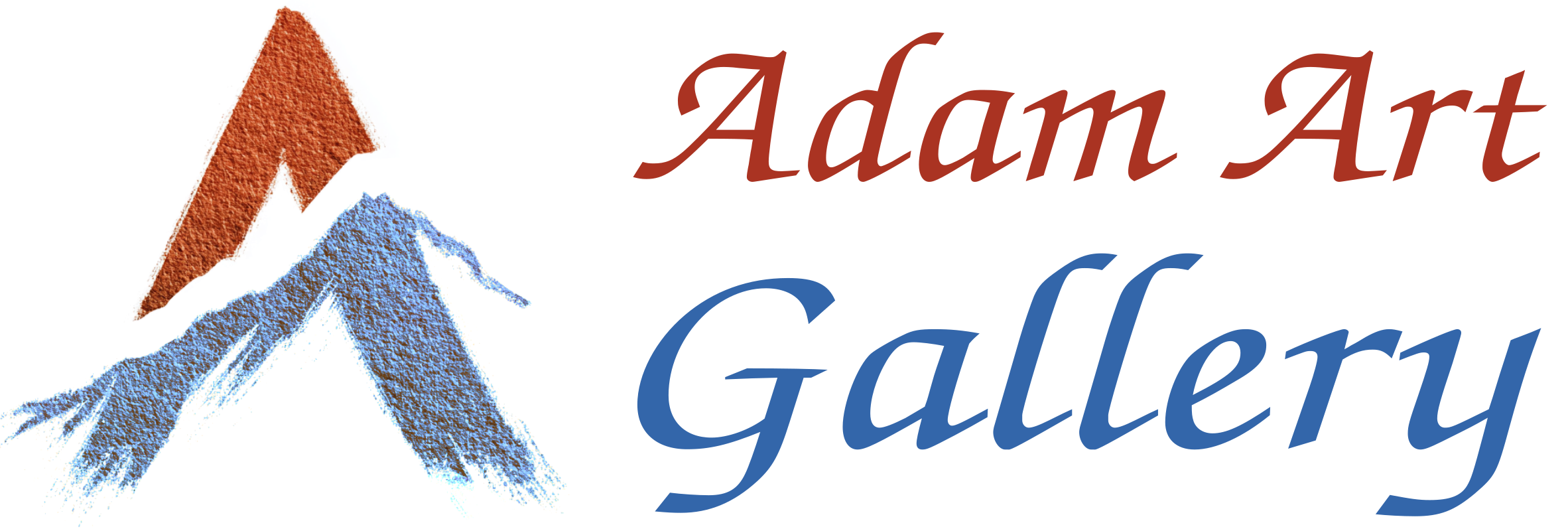How Colors Secretly Shape Your Feelings and Mood?
Have you ever walked into a bright red room and felt instantly energized, or spent time in a blue space and experienced a sense of calm? This isn’t a coincidence. Color is a powerful communication tool, influencing our thoughts, feelings, and even our physiological reactions on a subconscious level.
From the brands we trust to the rooms we live in, color psychology plays a crucial role in our daily experiences. Let’s dive into the fascinating world of color and explore the emotional palette it paints in our minds.
The Warmth of Reds, Oranges, and Yellows
Warm colors are often associated with energy, passion, and happiness, but they also have a more intense, attention-grabbing side.
-
Red: The Color of Passion and Power
Red is impossible to ignore. It’s the color of fire, blood, and the heart. Physiologically, it can raise your blood pressure and heart rate. Emotionally, it evokes strong feelings:-
Positive: Love, excitement, confidence, passion, energy.
-
Negative: Anger, danger, aggression, urgency.
-
Best For: Creating a sense of urgency (think “sale” tags), stimulating appetite (why it’s popular in restaurants), or adding a dramatic, passionate accent in design.
-
-
Orange: The Color of Creativity and Enthusiasm
Orange combines the energy of red with the friendliness of yellow. It’s vibrant and inviting without being as overpowering as red.-
Positive: Creativity, enthusiasm, optimism, warmth.
-
Negative: Can be perceived as frivolous or impatient.
-
Best For: Call-to-action buttons, gyms, and creative spaces to encourage activity and social interaction.
-
-
Yellow: The Color of Sunshine and Happiness
Yellow is the happiest color in the spectrum, associated with the sun and joy. It stimulates mental activity and grabs attention.-
Positive: Optimism, happiness, intellect, energy.
-
Negative: Anxiety, fear (think “yellow-bellied”), and frustration. In large doses, it can be overwhelming for babies and adults alike.
-
Best For: Kitchens, dining rooms, and spaces where you want to inspire creativity and cheerfulness. Use it as an accent to lift spirits.
-
The Calm of Blues, Greens, and Purples
Cool colors are typically found in nature and are known for their soothing, serene qualities.
-
Blue: The Color of Calm and Trust
Blue is the world’s favorite color for a reason. It’s linked to the sky and the sea, evoking feelings of stability and peace. It can even lower heart rate and suppress appetite.-
Positive: Trust, security, calmness, loyalty, intelligence.
-
Negative: Sadness (“feeling blue”), coldness, aloofness.
-
Best For: Bedrooms and bathrooms for relaxation, corporate logos to build trust (think Facebook and banks), and offices to promote productivity.
-
-
Green: The Color of Balance and Harmony
Sitting in the center of the color spectrum, green is the most restful color for the human eye. It symbolizes nature, growth, and renewal.-
Positive: Harmony, growth, health, balance, freshness.
-
Negative: Boredom, stagnation (if it’s a dull shade).
-
Best For: Any room in the house, especially spaces meant for relaxation and rejuvenation. It’s also widely used to represent eco-friendliness and health.
-
-
Purple: The Color of Luxury and Spirituality
Historically, purple dye was rare and expensive, associating it with royalty, luxury, and power. It combines the stability of blue with the energy of red.-
Positive: Luxury, wisdom, creativity, spirituality, mystery.
-
Negative: Introversion, decadence, and can feel artificial in certain shades.
-
Best For: Accents in bedrooms or meditation spaces to inspire creativity and a sense of luxury. Lighter lavenders are peaceful, while deep purples feel rich and dramatic.
-
The Neutrals: More Than Just a Background
Neutral colors provide the foundation for design and carry their own psychological weight.
-
Black: The Color of Sophistication and Power
Black is the color of authority, elegance, and strength. It can be both powerful and comforting.-
Positive: Sophistication, power, formality, mystery.
-
Negative: Heaviness, menace, death, mourning.
-
Best For: Text (it’s the most readable), elegant accents, and creating high-contrast, dramatic statements.
-
-
White: The Color of Purity and Simplicity
White represents purity, cleanliness, and simplicity. It creates a sense of space and light.-
Positive: Purity, cleanliness, simplicity, innocence.
-
Negative: Can feel sterile, cold, and isolating if overused.
-
Best For: Making small rooms feel larger, creating a minimalist aesthetic, and in healthcare settings to imply sterility.
-
-
Gray: The Color of Compromise and Neutrality
Gray is a balanced, neutral color. It’s often seen as formal, conservative, and sophisticated.-
Positive: Neutrality, balance, sophistication.
-
Negative: Indecision, dullness, depression (“a gray day”).
-
Best For: Office spaces and as a background color that lets other colors pop.
-
A Final Brushstroke: It’s Personal and Cultural
While these general associations hold true for many, it’s important to remember that color perception is deeply personal. Your own experiences, memories, and cultural background shape how you see color. For example, while white is the color of weddings in Western cultures, it is the color of mourning in many Eastern cultures.
The Takeaway:
The next time you paint a room, design a logo, or even choose an outfit, think about the message you want to send. Color is a silent language that speaks directly to our emotions. Use its power wisely to create the atmosphere and evoke the feelings you desire in your life and spaces.
What color makes you feel the most inspired or relaxed? Share your thoughts in the comments below
